Why Coatings Matter: Enhancing Implantable Device Performance with Camouflage™ Technology
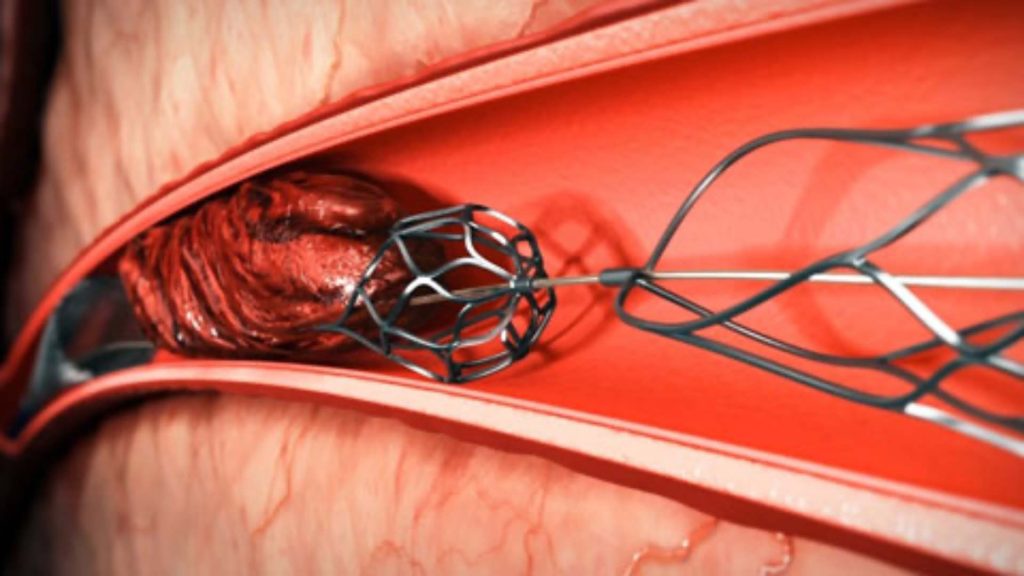
Implantable medical devices have transformed modern healthcare, offering lifesaving interventions across cardiovascular, neurovascular, and renal applications. However, their long-term success depends heavily on how they interact with the body — particularly the blood and surrounding tissues. Without the right surface properties, even the most advanced devices can trigger complications such as thrombosis, infection, inflammation, or […]
Anatomy Matters: Choosing Intrasaccular Devices for Complex Aneurysms
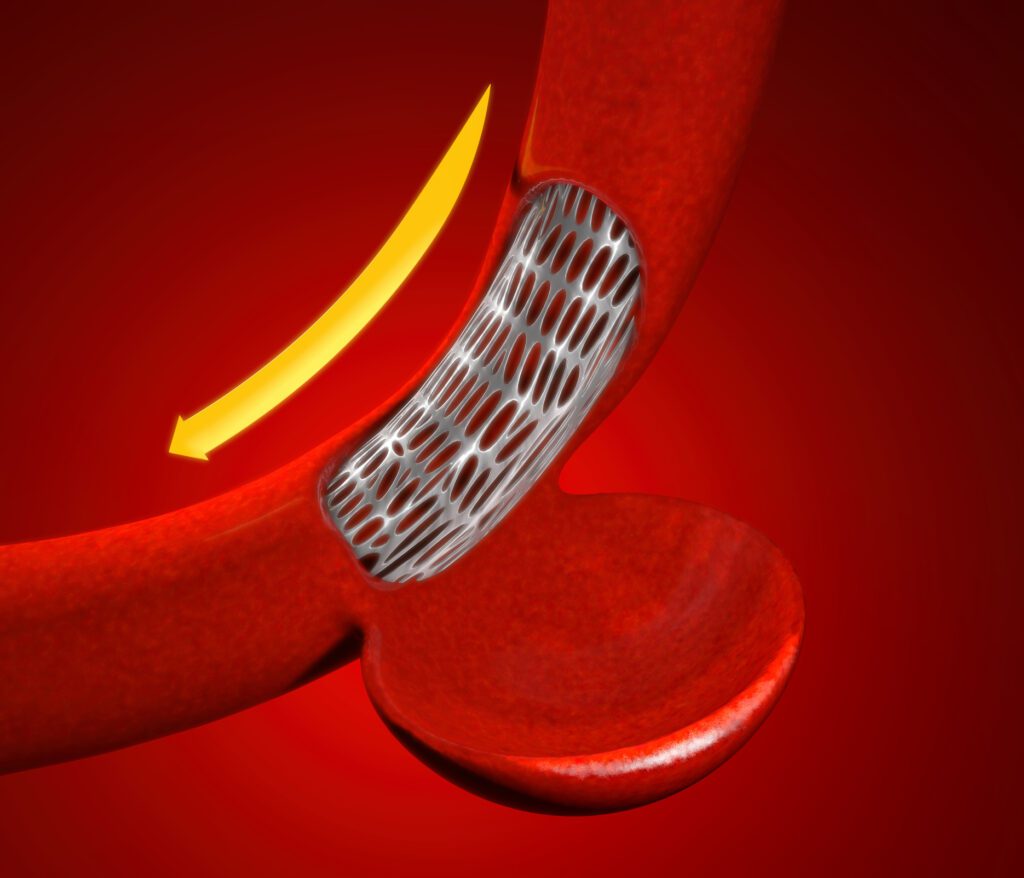
When it comes to treating intracranial aneurysms, anatomy is critical. No two aneurysms are identical — variations in shape, size, neck width, and location all influence which treatment option will provide the safest, most durable outcome for the patient. For aneurysms that are especially challenging for conventional coiling — such as wide-neck or bifurcation aneurysms — intrasaccular […]
Mechanisms of Action: How Intrasaccular Devices Disrupt Blood Flow
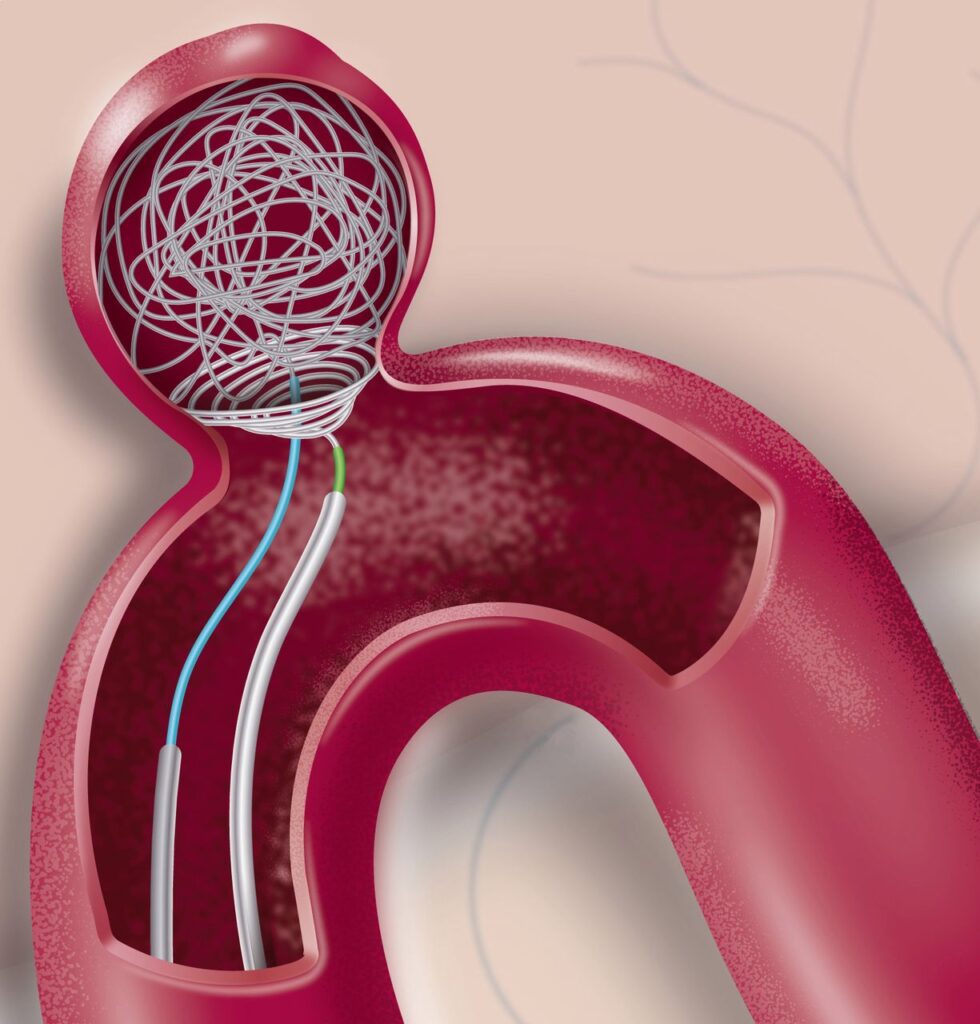
Treating wide-neck and complex intracranial aneurysms remains one of the biggest challenges in neurovascular intervention. While traditional coiling has long been the standard, its effectiveness drops significantly when aneurysms have wide necks, shallow domes, or unusual shapes. To address these limitations, intrasaccular devices have been developed to provide a stand-alone method for disrupting intra-aneurysmal blood flow, encouraging […]
Why Camouflage™ Is the Ideal Coating for Nitinol Implants
Nitinol has become the backbone of many modern implantable devices, particularly in the neurovascular, cardiovascular, and endovascular applications. Its shape memory and superelastic properties make it valuable for use in devices such as stents, flow diverters and vascular scaffolds where flexibility, durability and precise deployment are essential. The development and implementation of Nitinol Implants have […]
Why Nitinol is the Ideal Choice for Flow Diverters
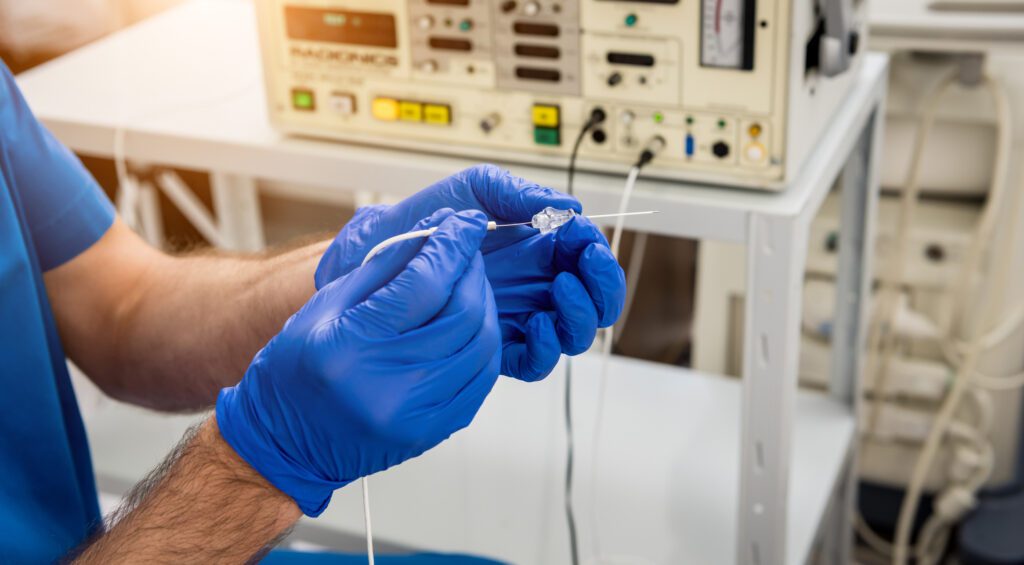
In neurovascular device development, material choice directly affects performance, safety, and clinical outcomes. Nitinol, a nickel-titanium alloy renowned for its exceptional mechanical properties, is a preferred material for flow diverters (FDs). Its superelasticity, shape memory, and compatibility with microcatheter delivery systems makes it extremely useful for endovascular use. This blog explains why nitinol remains a preferred […]
Core Principles in Flow Diverter Development: Enabling Safety and Healing
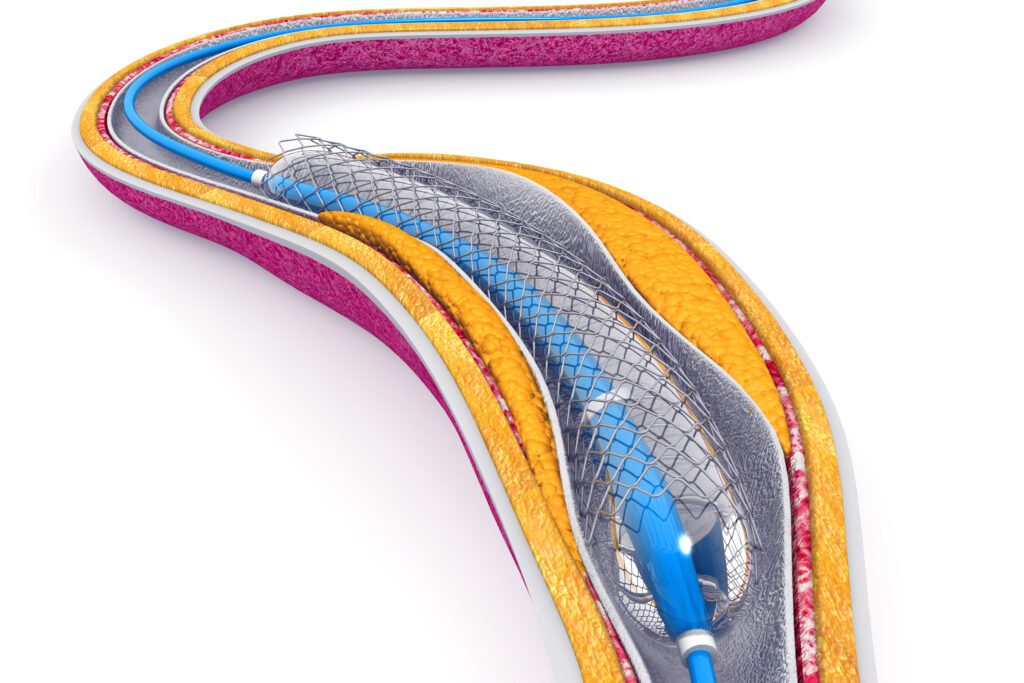
Flow diverters (FDs), a key aspect of Flow diverter development, are endovascular devices used to treat intracranial aneurysms by diverting blood flow away from the aneurysm sac and encouraging vessel healing. While the clinical role of FDs is well established, their design is inherently complex and plays a critical role in determining the safety, performance, […]
Radiopaque Materials For Flow Diverters: Boosting Visibility And Safety
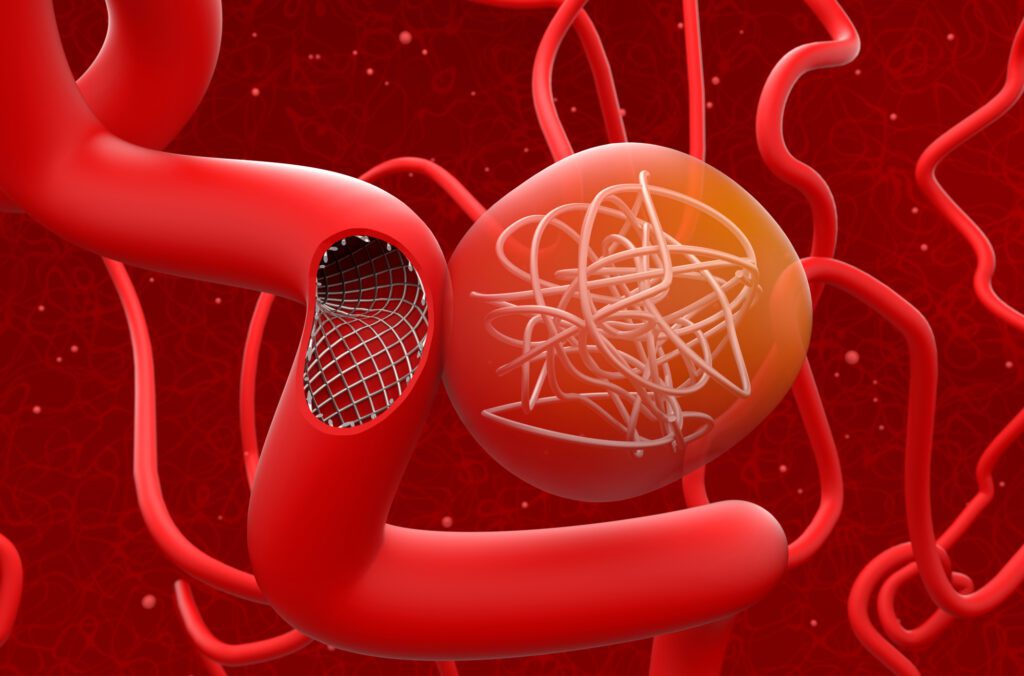
Flow diverters (FDs) have become central to the treatment of intracranial aneurysms, offering a minimally invasive method to promote vessel healing and aneurysm exclusion. One of the most critical aspects of FD design is radiopacity – the ability of the device to be visualized under X-ray or fluoroscopic guidance. This blog explores the role of radiopaque […]
The Role of Coatings in ECMO Devices: Blood Filters & Oxygenators
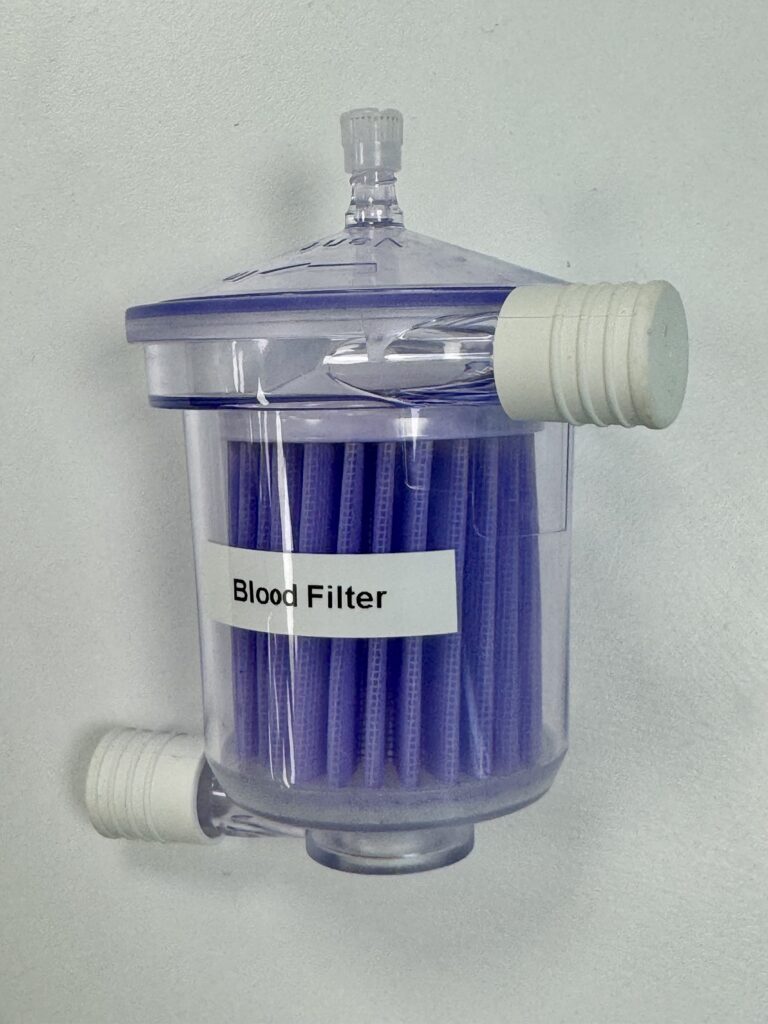
Extracorporeal devices such as blood filters & oxygenators are vital components in cardiopulmonary bypass (CPB) and extracorporeal membrane oxygenation (ECMO) procedures. These systems play a central role in supporting patients with respiratory or cardiac failure. However, their direct interaction with blood introduces significant risks. Thrombosis, inflammation, and impaired gas exchange performance remain major clinical concerns. […]
Arteriovenous (AV) Grafts & Fistula Access Devices: Lifelines in Hemodialysis Care
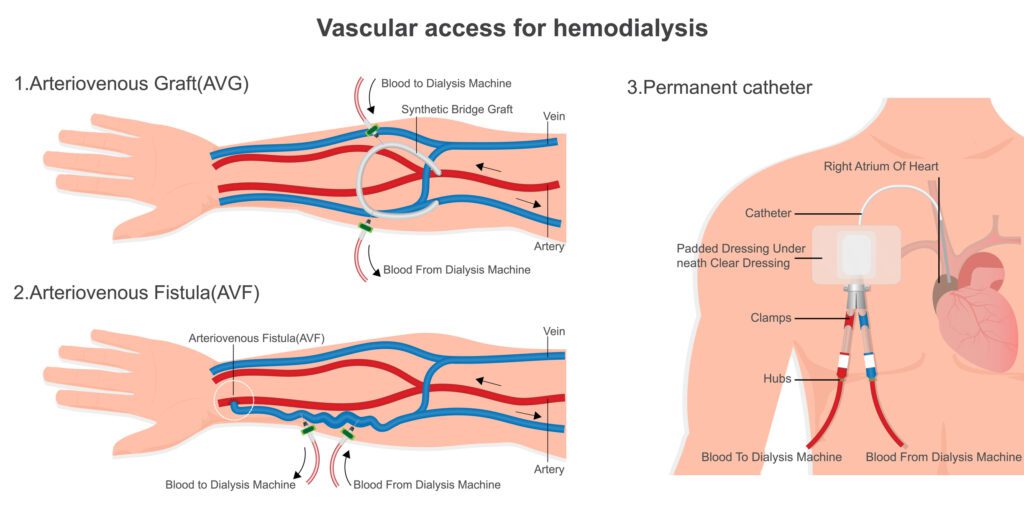
For patients with end-stage renal disease (ESRD), maintaining reliable vascular access is essential for effective hemodialysis. Arteriovenous (AV) fistulas and AV grafts are among the most used long-term access options, offering stable, high-flow connections to the bloodstream. However, they remain vulnerable to complications such as thrombosis, stenosis, and infection. This article examines the function and […]
Dialysis Catheters: An Essential Access Point in Renal Replacement Therapy
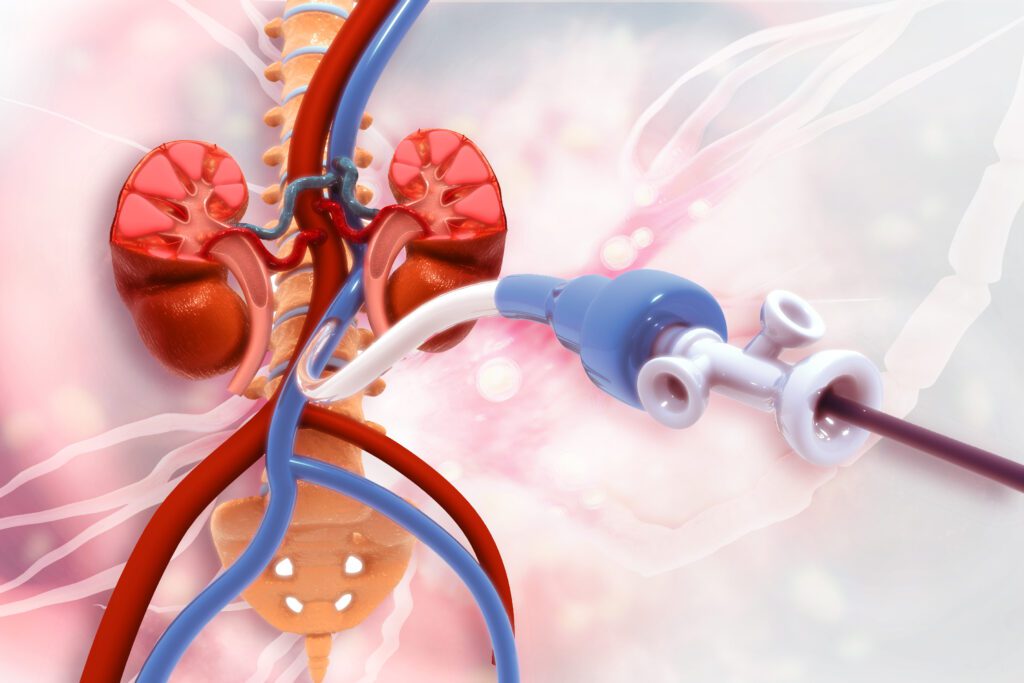
What Are Dialysis Catheters? Dialysis catheters are medical devices used to access the bloodstream for hemodialysis, a life-sustaining treatment for patients with kidney failure. These catheters are inserted into large central veins, typically the internal jugular, subclavian, or femoral vein, to enable the efficient exchange of blood between the body and the dialysis machine. They […]
Camouflage™ Coating for VA Shunts: Reducing Thrombosis & Improving Outcomes

Ventriculoatrial (VA) shunts are a critical alternative for cerebrospinal fluid (CSF) diversion in patients with hydrocephalus when the peritoneal cavity is not a viable drainage site. In a VA shunt system, excess CSF is diverted from the brain ventricles into the right atrium of the heart via the internal jugular vein, where it is absorbed […]
Optimizing Chemotherapy Implanted Ports: The Role of Advanced Surface Coatings
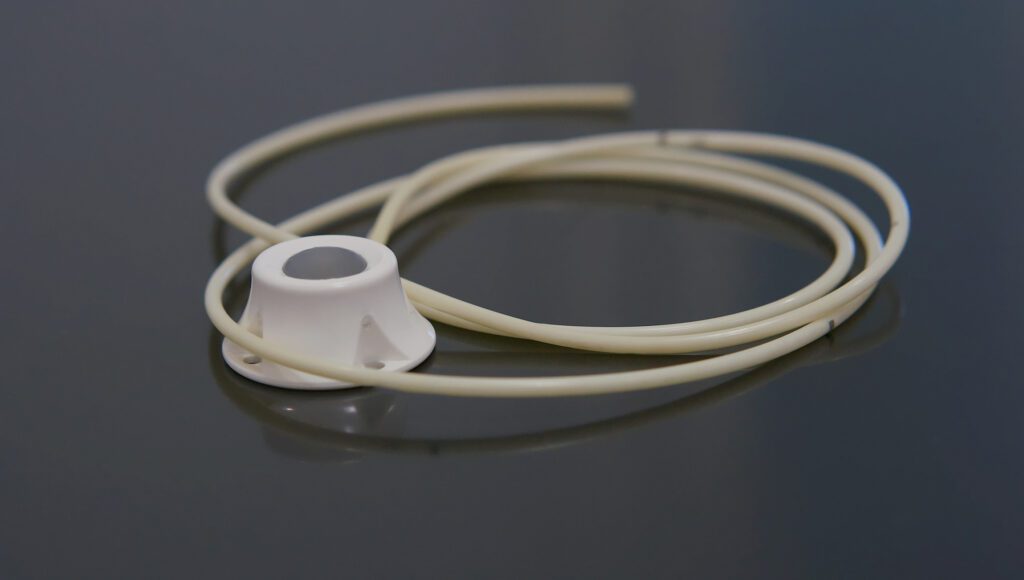
The Critical Role of Chemotherapy Ports in Long-Term Treatment Chemotherapy Implanted ports, also known as implantable ports or port-a-caths, are semi-implantable vascular access devices designed for patients requiring long-term intravenous therapy. Used primarily in chemotherapy, prolonged antibiotic treatment, and total parenteral nutrition (TPN), these devices provide a stable, repeatable access point for drug delivery while […]
Optimizing Intrasaccular Devices: The Role of Advanced Surface Coatings
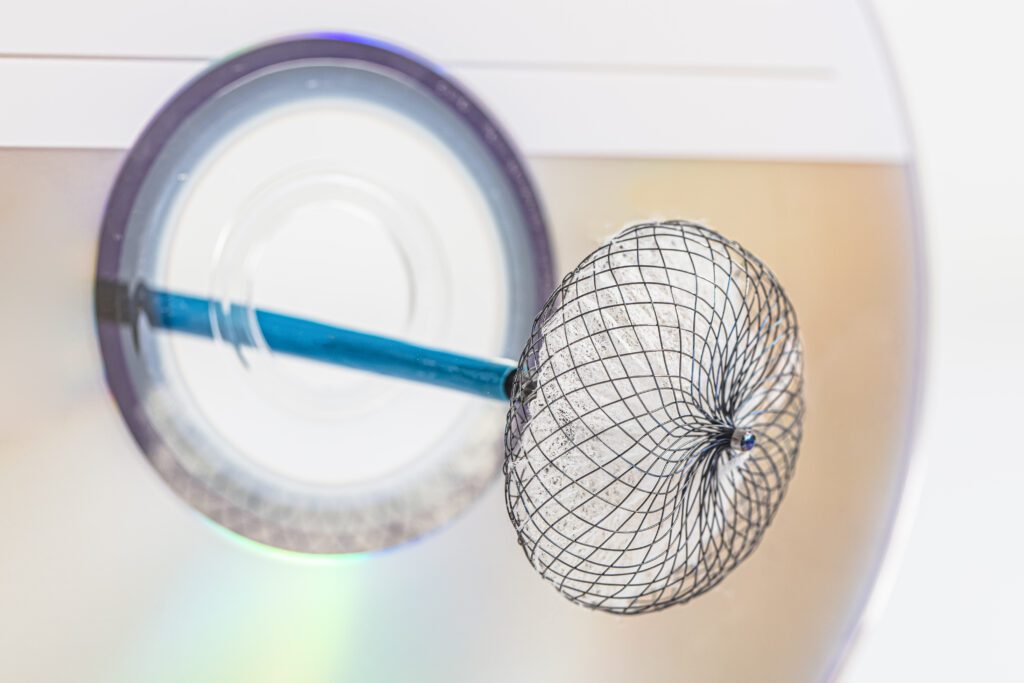
The Evolution of Intrasaccular Devices in Aneurysm Treatment Intrasaccular devices are a key advancement in endovascular aneurysm treatment, particularly for wide-neck intracranial aneurysms that are difficult to treat with conventional coiling. These devices are self-expanding implants, placed inside the aneurysm sac, where they disrupt blood flow, facilitate clot formation, and promote aneurysm occlusion—all while preserving […]
Revolutionizing Transradial Access Devices with Advanced Coatings
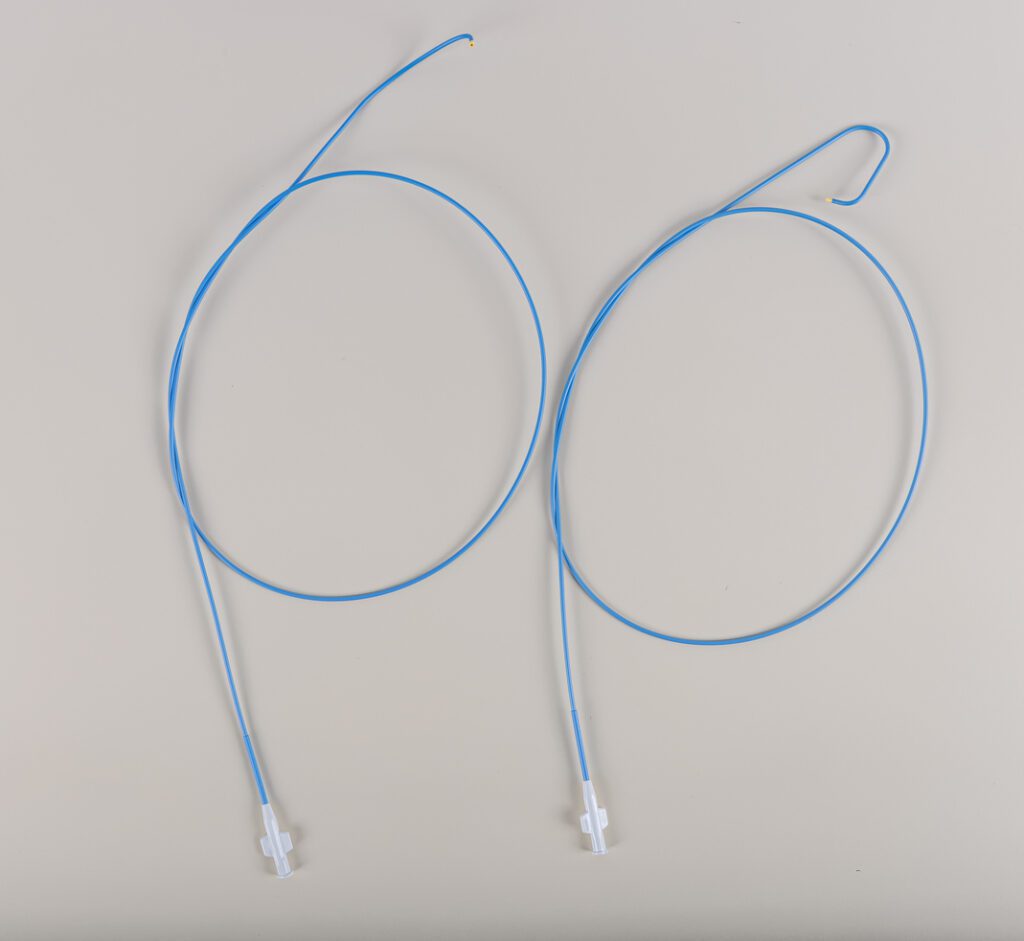
The Role of Transradial Access Devices in Minimally Invasive Medicine Transradial access devices (TRA) have become a preferred technique for catheter-based vascular interventions, providing a safer and more efficient alternative to transfemoral access (TFA). Initially introduced in cardiology, TRA is now widely used in neurovascular procedures, peripheral artery disease (PAD) treatments, and other endovascular interventions […]
Carotid Artery Stents: Enhancing Stroke Prevention with Advanced Coatings
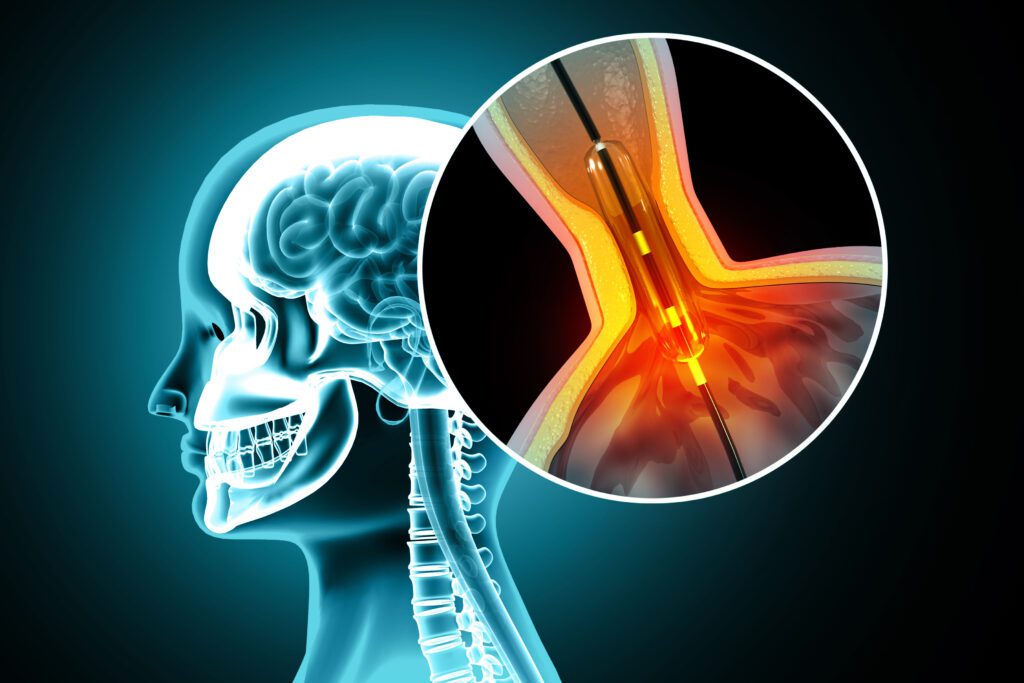
Carotid artery stenting is a minimally invasive procedure used to restore blood flow in carotid arteries that have become narrowed or blocked due to carotid artery disease—a condition caused by the accumulation of atherosclerotic plaque. This buildup restricts oxygen-rich blood from reaching the brain, significantly increasing the risk of stroke or other cerebrovascular complications. Left […]
Endovascular Aneurysm Repair: How Coatings Can Improve Stent-Graft Performance
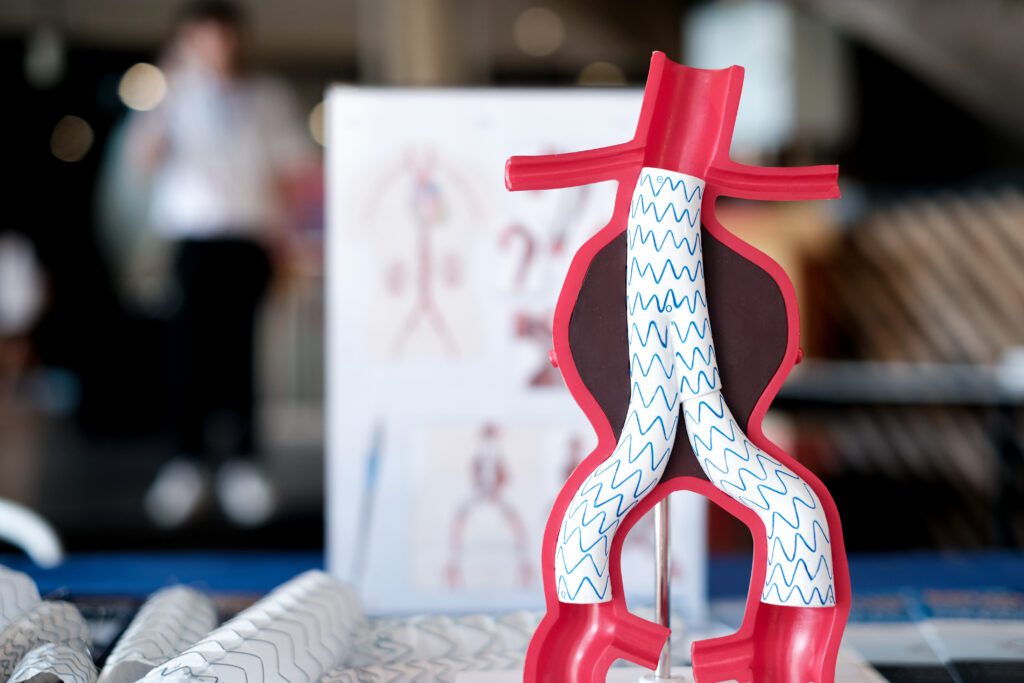
What is an Aortic Aneurysm? The aorta is the body’s largest artery, responsible for carrying oxygen-rich blood from the heart to the rest of the body. It extends from the chest (thoracic aorta) down to the abdomen (abdominal aorta) before branching into the iliac arteries that supply the lower body. An aortic aneurysm occurs when […]
Mitral Valve Clips: A Minimally Invasive Solution for Mitral Regurgitation
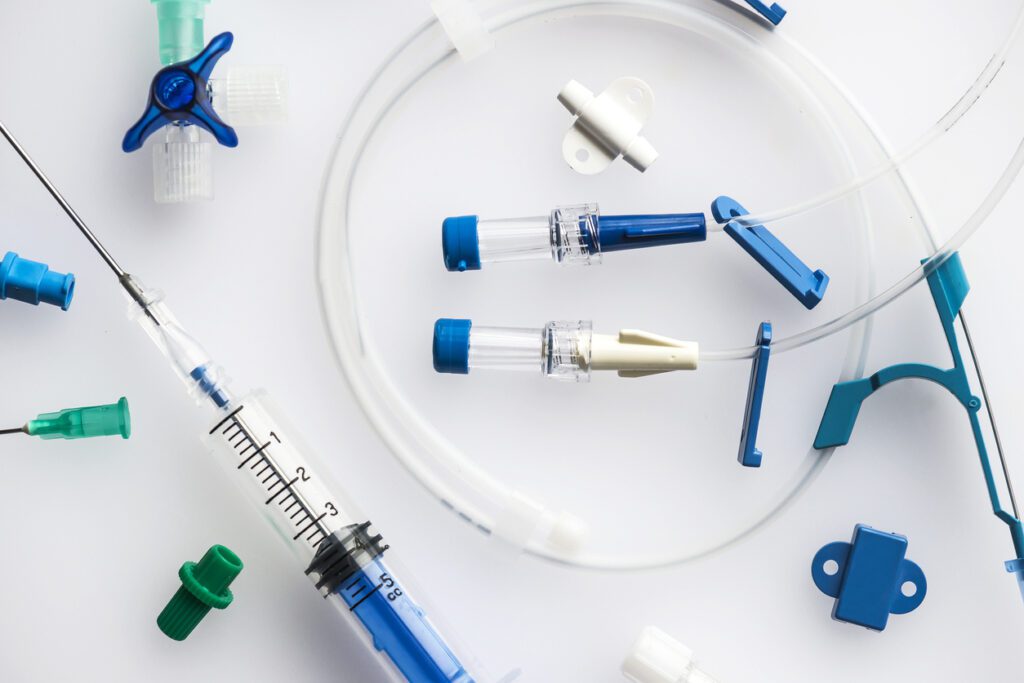
The heart’s mitral valve is essential for regulating blood flow between the left atrium and left ventricle. When the valve fails to close properly during systole, it results in mitral regurgitation (MR)—a condition in which blood flows backward through the mitral valve in the heart. This reduces the heart’s efficiency and can potentially lead to […]
Advancing Septal Occluders: The Critical Role of Camouflage™ Coating in Cardiac Care
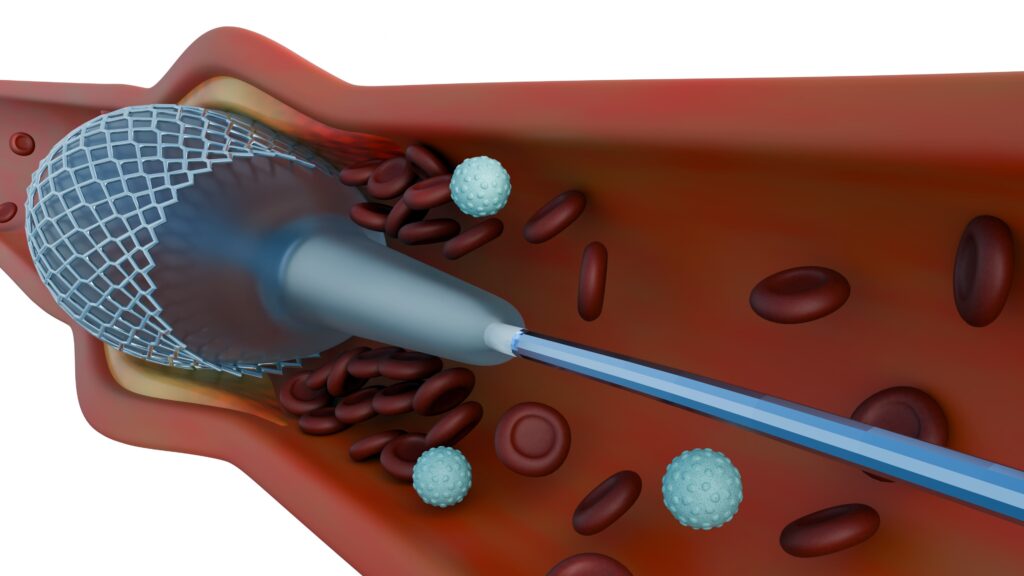
The heart relies on the seamless separation of blood flow. When congenital defects like Atrial Septal Defects (ASDs) and Patent Foramen Ovale (PFOs) create abnormal openings in the septal walls, they disrupt circulation and increase the risk of stroke and heart failure. Septal occluders are innovative devices that non-invasively close these defects, restoring proper blood flow. Unlike traditional open-heart surgery, […]
Advanced Coatings for Left Atrial Appendage Occluders (LAAOs): Enhancing Stroke Prevention with Camouflage™ Technology
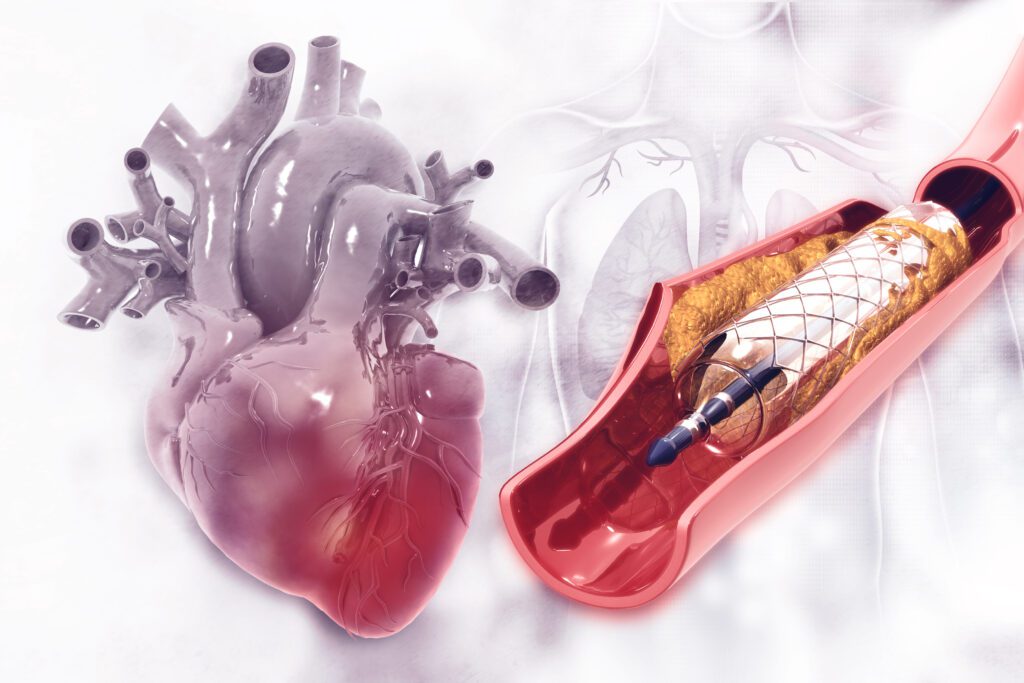
Left Atrial Appendage Occluders (LAAOs) have emerged as a crucial intervention for stroke prevention in atrial fibrillation (AFib) patients, particularly those at high risk of embolic stroke. These devices provide an effective alternative to long-term anticoagulant therapy, mitigating the risks associated with blood thinners. However, long-term success depends on biocompatibility, endothelialization, and thromboresistance. Camouflage™ technology, […]
Innovative Thrombus Management Procedures: Role of Advanced Coatings
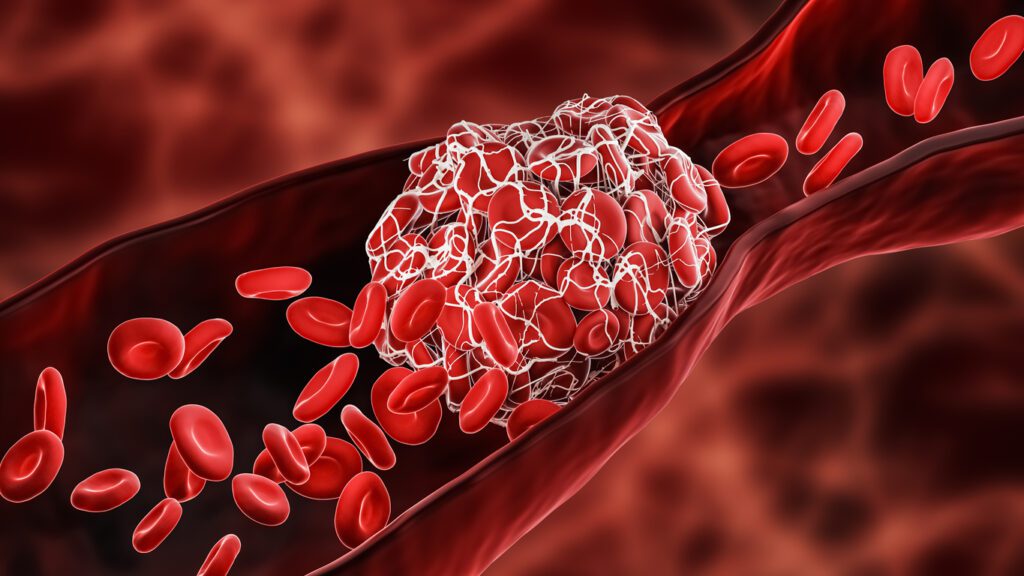
Thrombosis, the formation of blood clots within blood vessels, remains a significant challenge in modern medicine. It poses serious risks to patients and can lead to complications such as stroke, myocardial infarction, and device failure. Managing thrombosis is critical to ensure the safety and effectiveness of medical devices that come into contact with blood, such […]
Antimicrobial Coatings for Implants: Combating Infection in Medical Devices

Infections associated with medical implants, termed implant-associated infections (IAIs), are a growing concern in healthcare. These infections not only jeopardize patient safety but also significantly increase healthcare costs. Antimicrobial coatings offer a promising solution, targeting biofilm formation and reducing pathogen colonization. Challenges of Implant-Associated Infections Pathogens such as Staphylococcus aureus and Pseudomonas aeruginosa adhere to […]
Understanding Biocidal Properties in Medical Device Coatings

Infections related to medical devices remain a significant challenge in healthcare, driving the need for advanced technologies to combat microbial contamination. At Smart Reactors, we are at the forefront of biocompatible innovation, ensuring that medical devices not only perform efficiently but also prioritize patient safety. Among our key advancements are biocidal coatings—engineered surfaces that actively […]
High-Performance Coatings for Dialysis Filters: Enhancing Filtration Efficiency and Biocompatibility
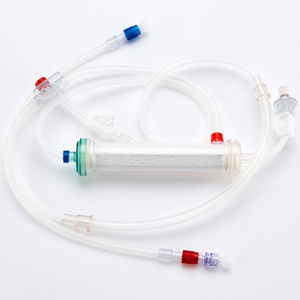
Dialysis filters, or dialyzers, play a pivotal role in the management of end-stage kidney disease (ESKD), acting as artificial kidneys to remove toxins, waste, and excess fluids from the blood. Despite significant advancements in dialysis technology, achieving optimal filtration efficiency while maintaining biocompatibility continues to be a critical challenge. This balance is essential to ensuring […]
Dialysis: Types, Effectiveness, Side Effects, and the Role of Advanced Coatings
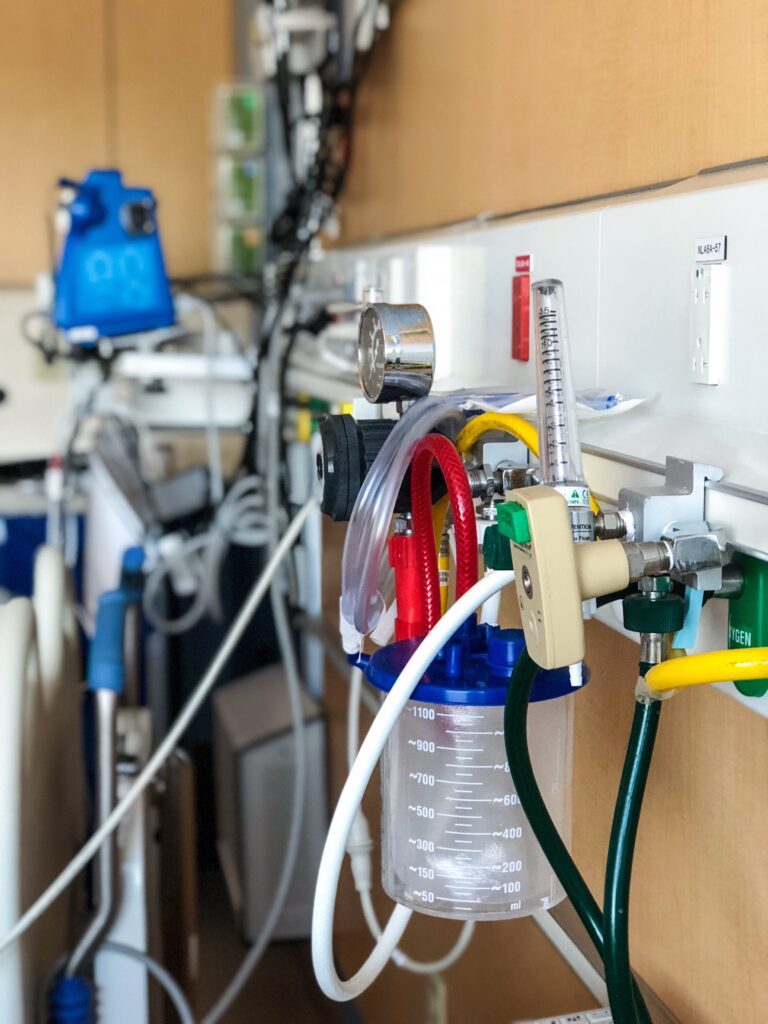
Dialysis is a critical therapy for managing end-stage kidney disease (ESKD), a condition affecting approximately 9.1% of the global population. For patients with irreversible kidney damage, dialysis serves as a life-sustaining process that removes waste products and excess fluids from the blood. However, the long-term success of dialysis is often compromised by complications arising from […]
Peritoneal Dialysis: Improving Outcomes with Advanced Coatings for Dialysis Devices

Peritoneal dialysis (PD) is a life-changing treatment for patients with end-stage kidney disease (ESKD), offering a flexible, home-based alternative to traditional hemodialysis. Its adaptable nature supports personalized treatment plans, helping to improve the overall quality of life for patients. By using the peritoneal membrane as a natural filter, PD removes toxins and excess fluids from […]
Enhancing Dialysis Membrane Performance: The Role of Advanced Coating

Dialysis is a lifeline for patients with end-stage kidney disease (ESKD), performing the essential role of removing toxins, waste products, and excess fluids from the blood. With the prevalence of ESKD rising globally, hemodialysis has become a critical treatment for millions of patients. At the heart of this therapy are hollow-fiber membranes (HFMs), which act […]
Optimizing Gas Exchange in ECMO Systems: Advanced Surface Coatings for Enhanced Oxygenator Performance

Extracorporeal Membrane Oxygenation (ECMO) systems are life-saving technologies that support patients with severe cardiac and respiratory failure by oxygenating blood and removing carbon dioxide externally. At the core of this system is the oxygenator, a device that facilitates gas exchange, functioning as artificial lungs. Despite their critical role, oxygenators face challenges such as thrombosis, biofouling, […]

